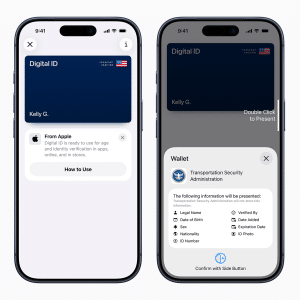Yesterday, Apple informed developers that from April all new apps submitted to the App Store will need to support iPhone X’s Super Retina display. This means that developers must now make sure that new apps accommodate the notch and edge-to-edge display on the iPhone X’s 5.8-inch OLED screen.
A deadline has not yet been set for when updates to existing apps need to have this same support, but from April, all new aps must also be built against the iOS 11 SDK.
This may come as no surprise to many. Over recent years, Apple has come to enforce rules more aggressively when it comes to supporting the company’s latest devices. Apple released this news in an email yesterday, encouraging adoption of the latest iOS 11 features such as Core ML, SiriKit and ARKit.
Requiring compilation with the iOS 11 SDK does not necessarily mean that apps must support new features. It does, however, ensure that new app developers are using the latest Apple development tools, which helps to prevent the App Store as a whole from going stale. It may also encourage the adoption of certain cutting-edge features.
Until Apple requires updates to also support iPhone X and the iOS 11 SDK, these rules don’t mean much because updates represent the majority of the App Store.








